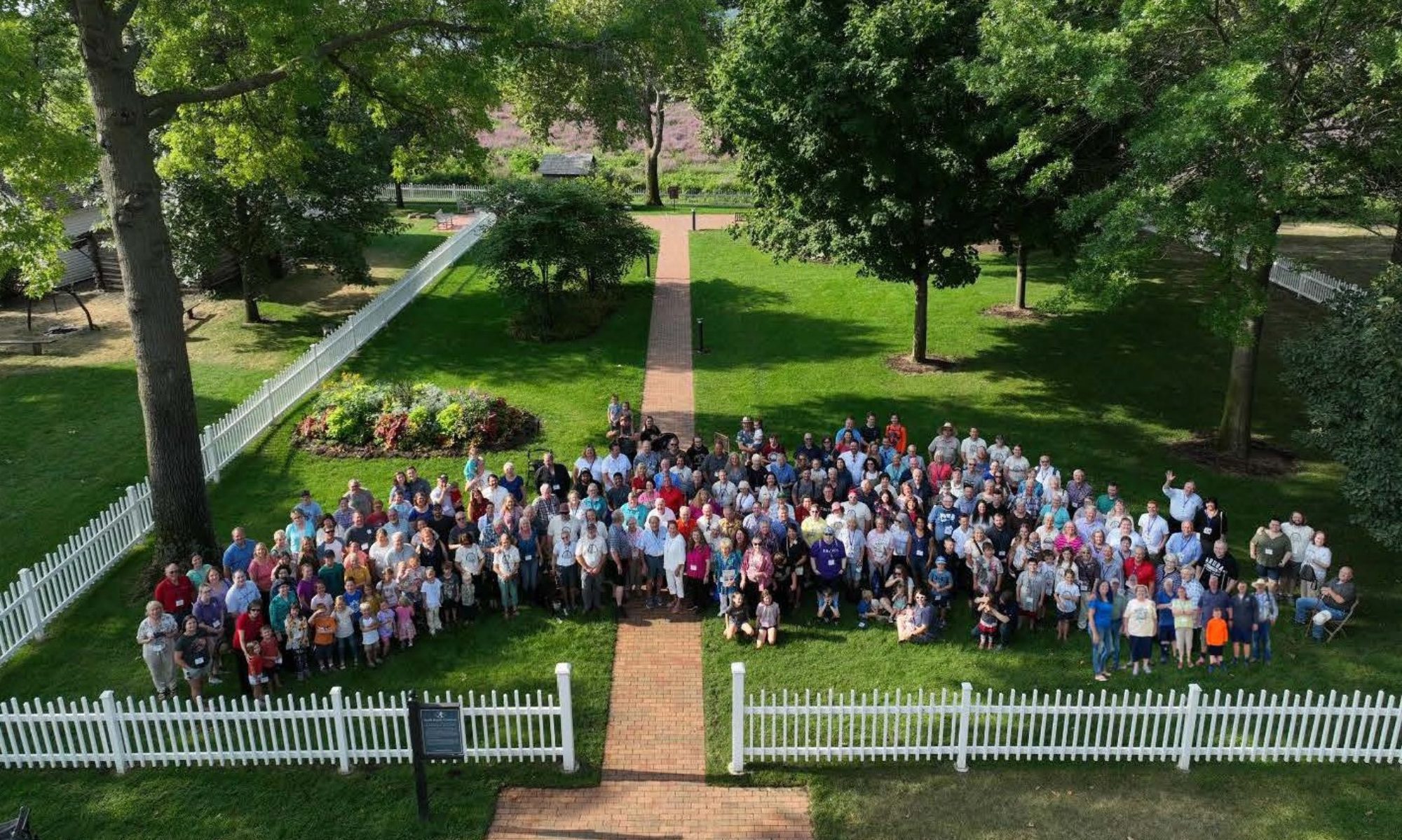By Daniel Peterson , For the Deseret News
Published: Saturday, May 23 2015 2:27 p.m. MDT
I continually encounter the confident declaration that the witnesses to the Book of Mormon didn’t really see or touch anything at all and didn’t actually claim to have seen or touched anything. They only “saw” the plates with their “spiritual eyes,” I’m assured, and “spiritual eyes,” to them, meant “in their imaginations.”
I responded to this assertion in a column published five years ago (see “Book of Mormon witness testimonies” published May 25, 2010). However, since the claim continues to be made, and given the fundamental importance of this issue, I address it yet again, in somewhat different fashion.
I’ll leave aside the question of whether it’s even remotely plausible that the witnesses sacrificed so very much for something they recognized as merely imaginary. Let’s look at their explicit verbal testimonies. Several of the 11 official witnesses were obviously confronted during their lifetimes with accusations that they had merely hallucinated, and they repeatedly rejected such proposed explanations.
In fact, David Whitmer, one of the initial Three Witnesses, could easily have been addressing today’s skeptics when he declared “I was not under any hallucination, nor was I deceived! I saw with these eyes and I heard with these ears! I know whereof I speak!”
It’s difficult to imagine how he could have been any clearer.
In this column, though, I’ll focus on the experience of the Eight Witnesses, which seems to have included no explicitly supernatural elements but, rather, to have been a wholly matter-of-fact event.
In late 1839, Hyrum Smith wrote an account for the Times and Seasons newspaper covering, among other things, his four months of hungry and cold imprisonment in Missouri’s Liberty Jail, under recurring threats of execution, while his family and fellow members of The Church of Jesus Christ of Latter-day Saints were being driven from their homes during the wintertime:
“I thank God,” he told the Saints, “that I felt a determination to die, rather than deny the things which my eyes had seen, which my hands had handled, and which I had borne testimony to. … I can assure my beloved brethren that I was enabled to bear as strong a testimony, when nothing but death presented itself, as ever I did in my life.”
One might dismiss this declaration of willingness to die for his testimony as an empty boast, mere retrospective bravado, were it not for the fact that, less than five years later in Illinois, fully understanding the risk, he did in fact go voluntarily to Carthage Jail. There, with his prophet-brother, he died as a martyr — which, in ancient Greek, means “witness” — in a hail of bullets.
The accounts left behind by the Eight Witnesses are replete not only with claims to have “seen and hefted” the plates, to have turned their individual leaves and examined their engravings, but also with estimates of their weight, descriptions of their physical form and the rings that bound them, and reports of their approximate dimensions as well.
Wilhelm Poulson’s 1878 interview with John Whitmer provides an excellent summary:
“I — Did you handle the plates with your hands? He — I did so!
“I — Then they were a material substance? He — Yes, as material as anything can be.
“I — They were heavy to lift? He — Yes, and you know gold is a heavy metal, they were very heavy.
“I — How big were the leaves? He — So far as I can recollect, 8 by 6 or 7 inches.
“I — Were the leaves thick? He — Yes, just so thick, that characters could be engraven on both sides.
“I — How were the leaves joined together? He — In three rings, each one in the shape of a D with the straight line towards the centre. …
“I — Did you see them covered with a cloth? He — No. He handed them uncovered into our hands, and we turned the leaves sufficient to satisfy us.”
William Smith, who knew the Eight Witnesses well — his father and two of his brothers were among them — explained “they not only saw with their eyes but handled with their hands the said record.” Daniel Tyler heard Samuel Smith testify that “He knew his brother Joseph had the plates, for the prophet had shown them to him, and he had handled them and seen the engravings thereon.”
Those who seek to dismiss the testimony of the Eight Witnesses must, on the whole, flatly brush aside what they actually, and very forcefully, said.
For further evidence and analysis on this topic, see Richard Lloyd Anderson’s 2005 article “Attempts to Redefine the Experience of the Eight Witnesses” online at publications.maxwellinstitute.byu.edu.
Daniel Peterson teaches Arabic studies, founded BYU’s Middle Eastern Texts Initiative, directs MormonScholarsTestify.org, chairs mormoninterpreter.com, blogs daily at patheos.com/blogs/danpeterson, and speaks only for himself.

